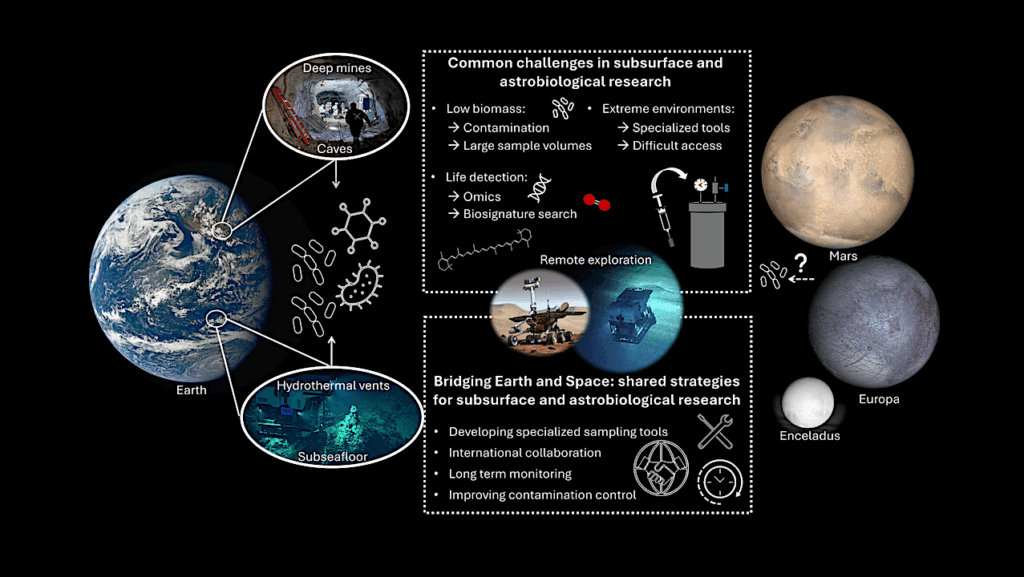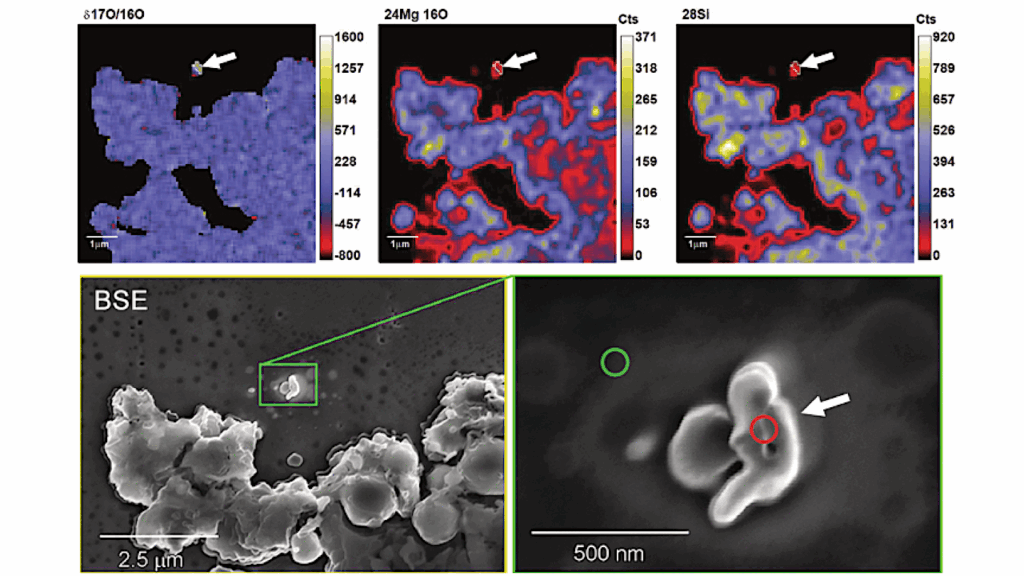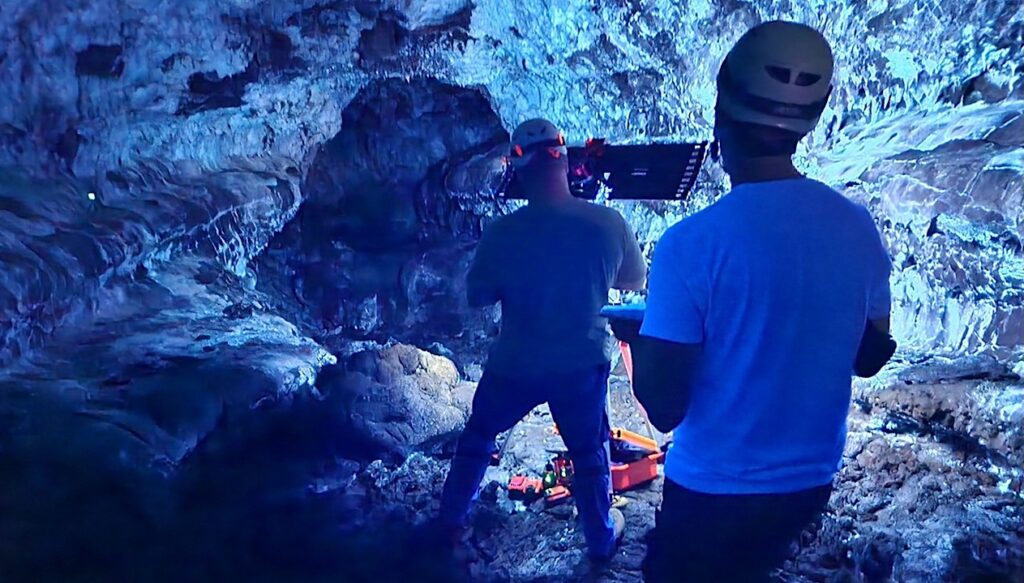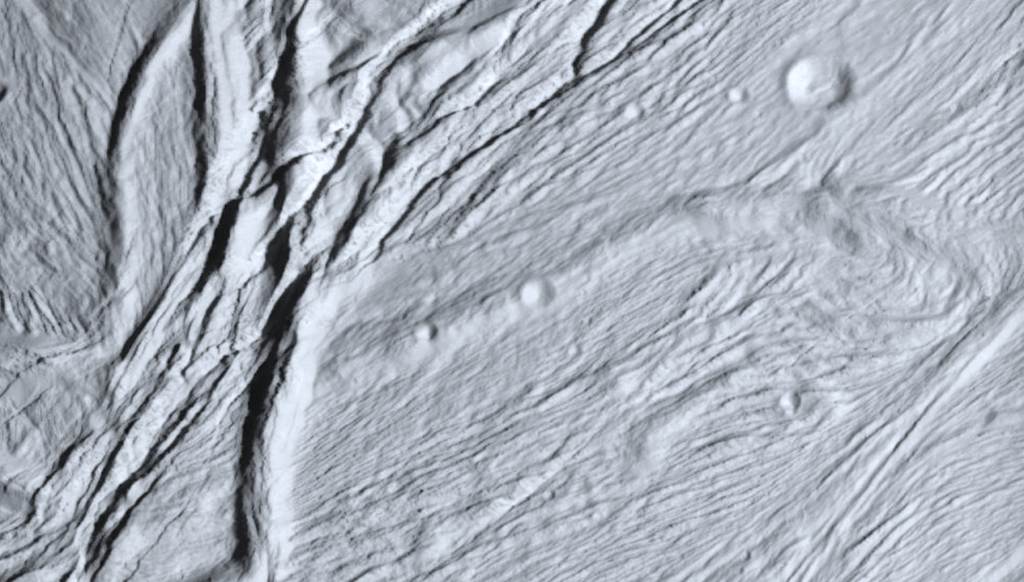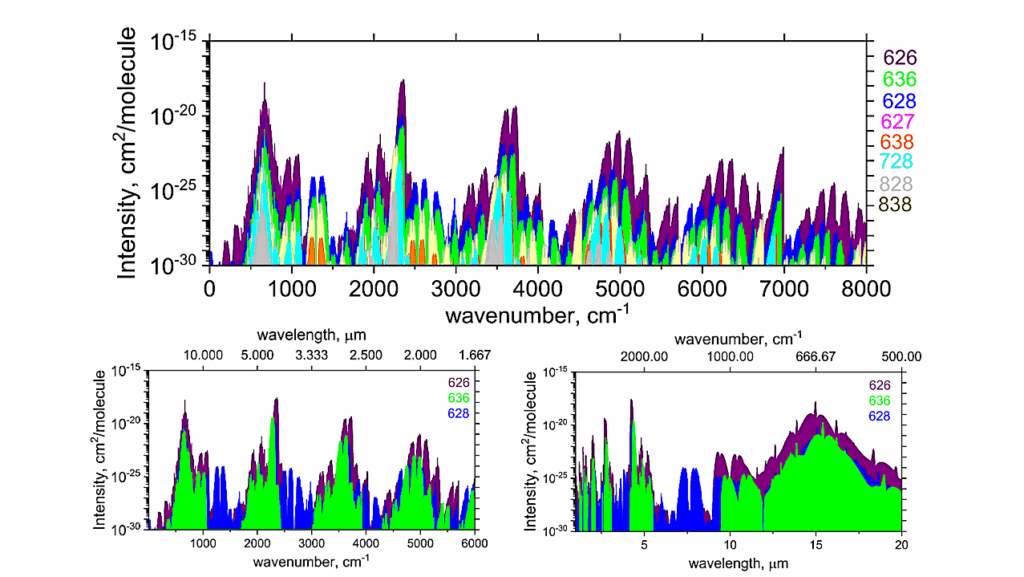Tricorder Tech: Life Detection Technology – Development of Solid-State Nanopore
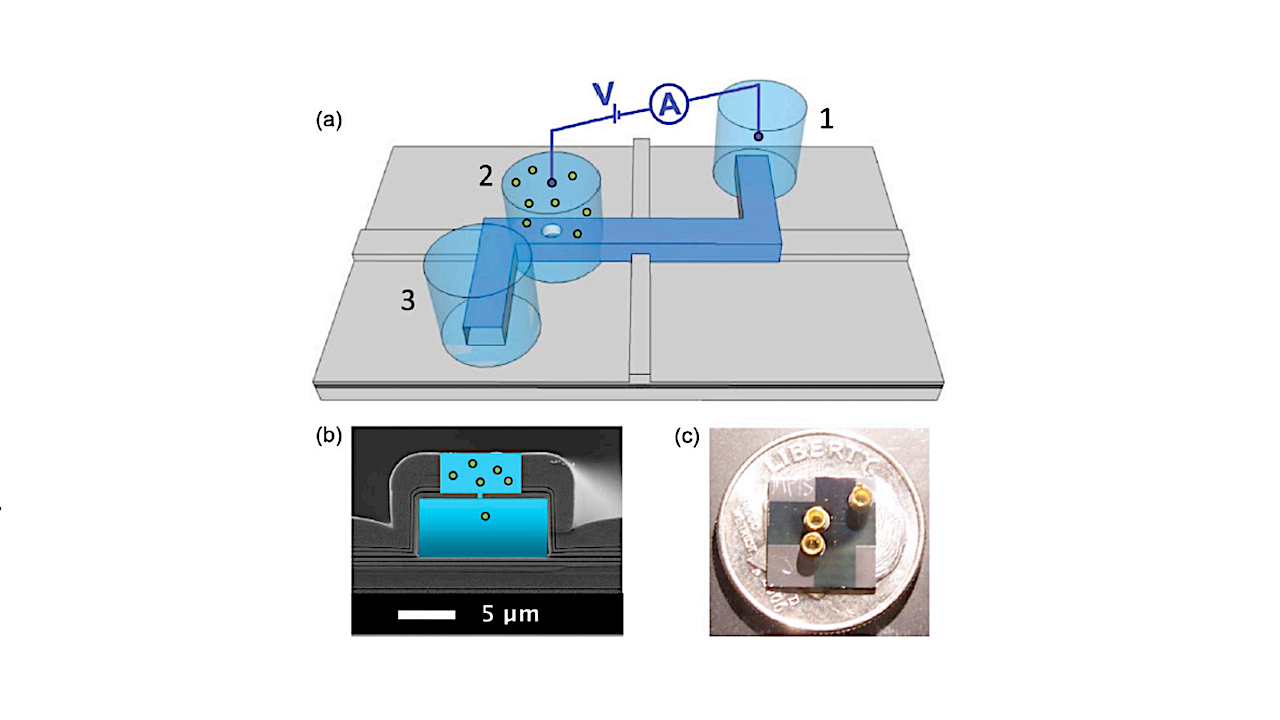
Biomarkers collected from past and present life on Earth are a central guide in the development of flight-ready technologies designed to search for life on other planets and moons. Data from numerous laboratory and field studies have revealed the importance of incorporating capabilities that minimize the risk of false negatives or false positives during life detection missions. Biomolecules are the most unambiguous and information-rich of all known biosignatures.
Indeed, the identification in a sample of biopolymers akin to DNA, RNA or proteins, would be difficult to refute as a successful life detection experiment. In the case of Mars, the search for biomolecules is inescapable, but few technological solutions exist for in situ identification. Thus, our work has focused on the development of technologies designed to detect biochemical polyelectrolyte molecules, which have been argued to be a universal signature for life due to their ability to store information while reducing their tendency to adopt complex tertiary structures that would prohibit their replication.
To that end we have developed a solid-state nanopore device that has the ability to detect electrically charged organic polymers, such as those found in deoxyribonucleic acid. Our nanopore technology, when used as a biosensor, consists of two or three ion-filled chambers separated by voltage-biased thin layer (Figure 1). Nanopores are milled into the thin layer, allowing the chambers to be connected electrically via an ionic solution. Polyelectrolytes are introduced into one of the chambers, and a patch clamp amplifier is connected to the chip via electrodes that serve as a voltage source and an ammeter.
When a voltage is applied across the membrane, the ionic current going only through this pore is measured. The polyelectrolytes are captured by the electric field in the pore, then and electrophoretically drawn through the nanopore (translocation) causing the nanopore conductance to decrease. This conductance decrease, or transient current blockage, is evaluated for: 1) mean blockage current (which is caused by the physical passage of the polyelectrolyte through the nanopore, and is measured by a sensitive ammeter in pA); 2) translocation duration (physical time of the translocation, for DNA this is typically 30 bases per second when translocation is controlled by a molecular motor [1]); and 3) integrated area of a blockage, revealing key features of the particle.
Solid-state nanopore technology is being aggressively advanced for use as an electrochemistry sensor for a wide variety of biological molecules. Testing of the solid-state nanopore membranes includes the establishment of criteria used to distinguish informational from non-informational output signals. Our work highlights past, current, and future efforts in the development of solid-state nanopore technology for life detection.
DOI:10.1149/ma2019-02/57/2476, ECS Meeting Abstracts Pub Date: 2020-02-27
Development of Solid-State Nanopore Life Detection Technology, x-mol
Astrobiology


